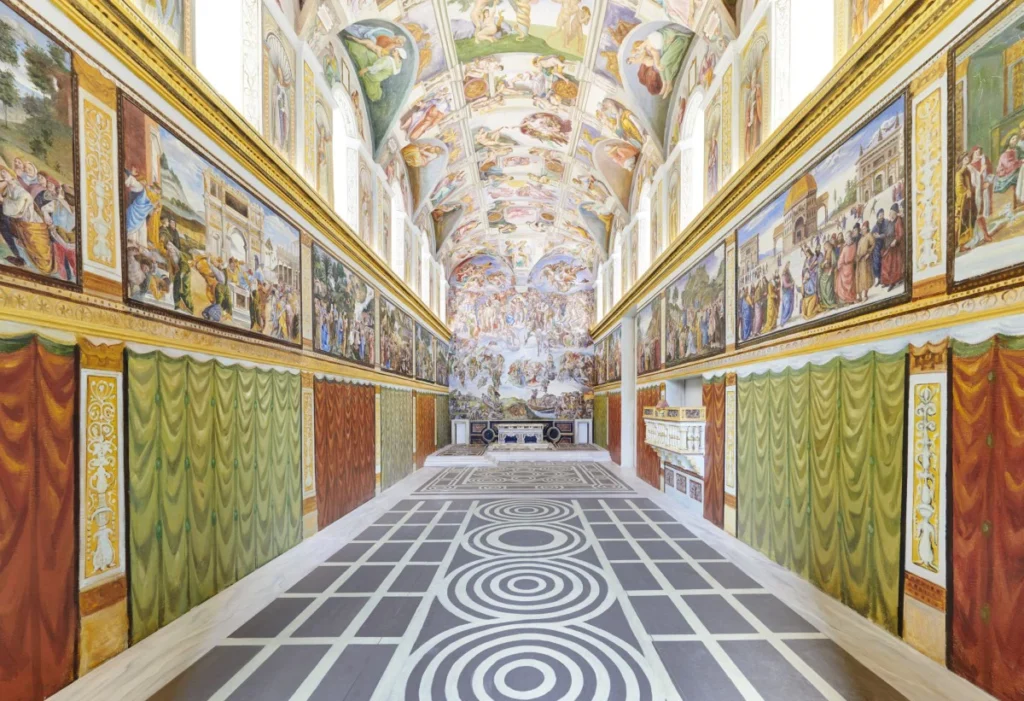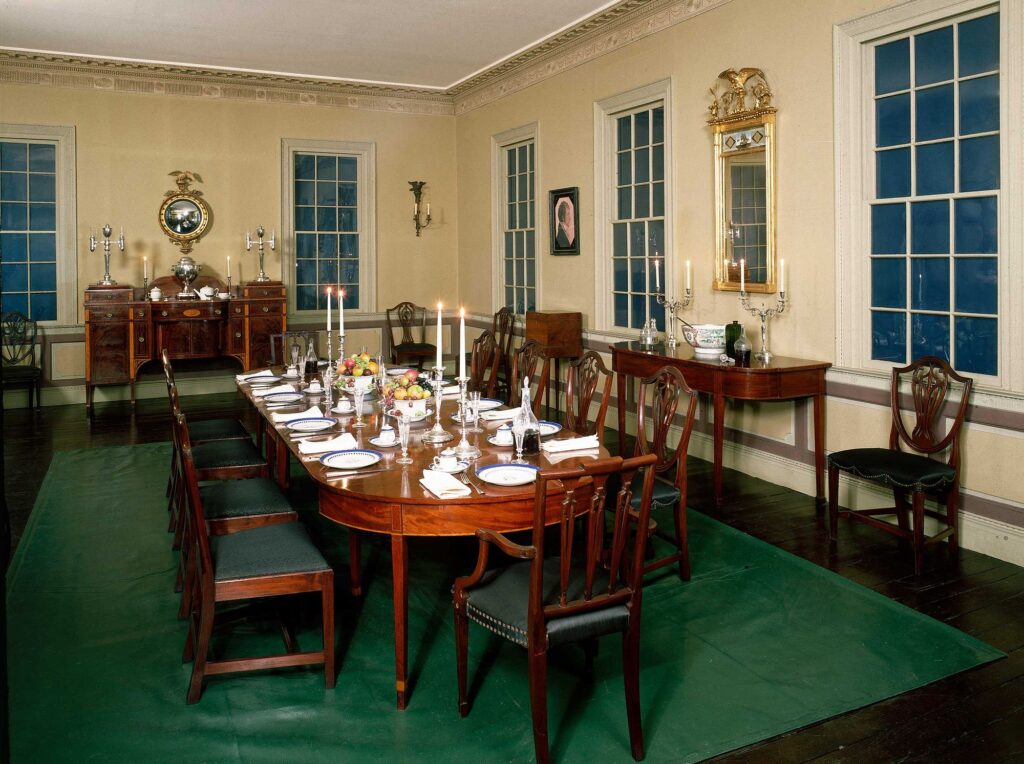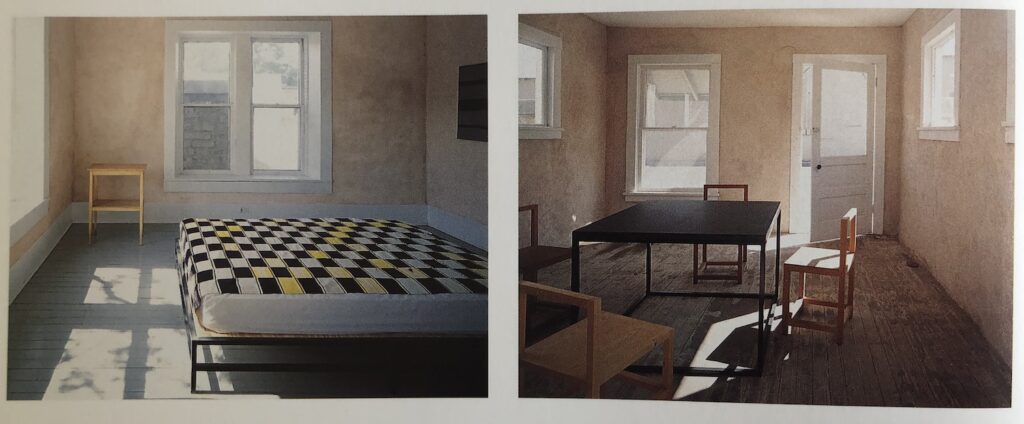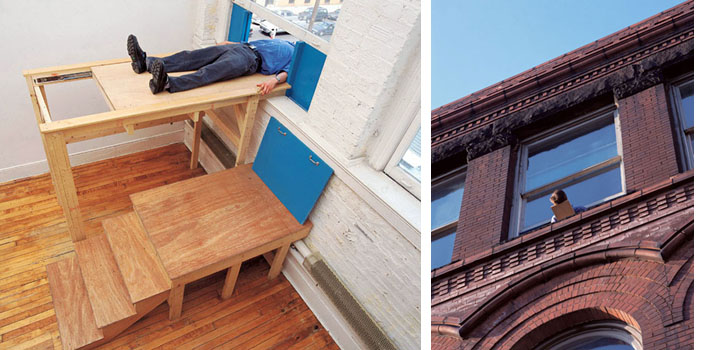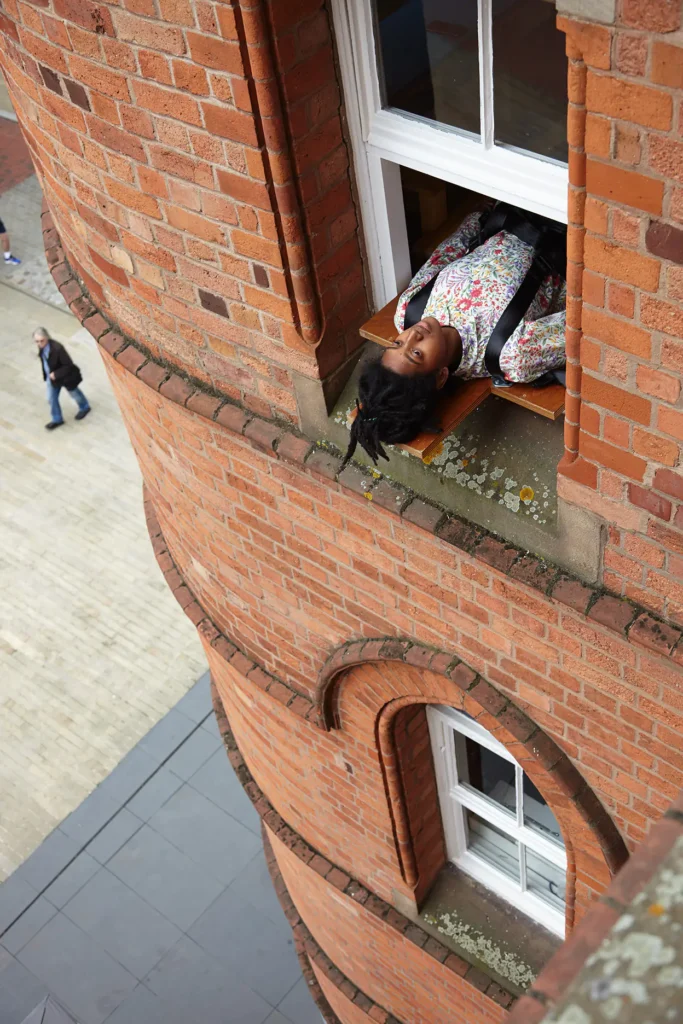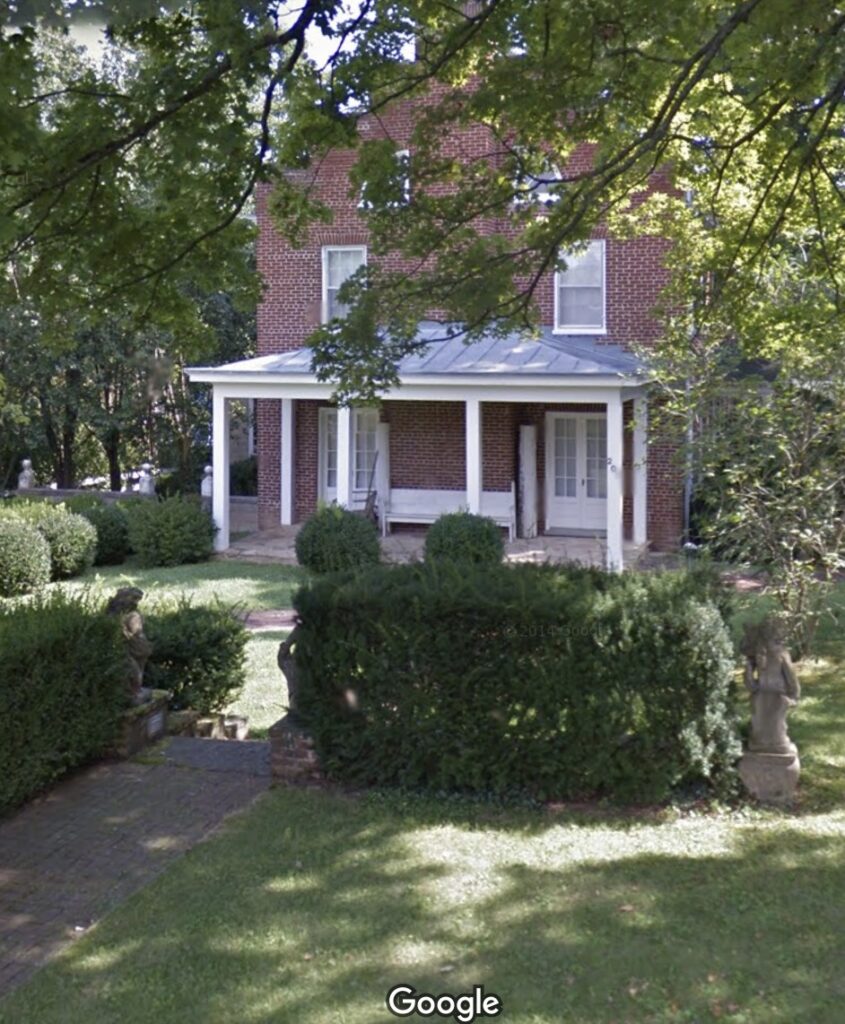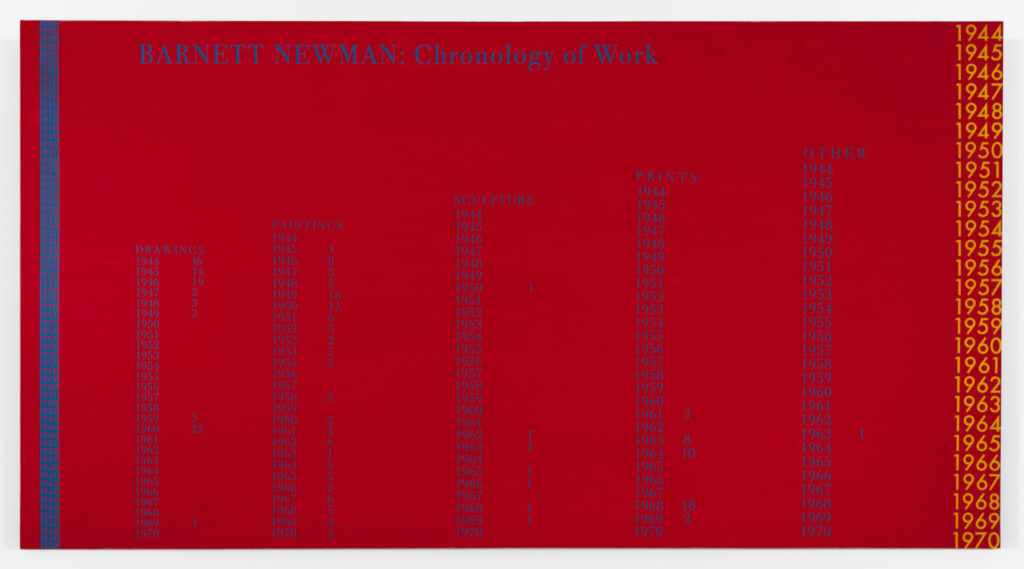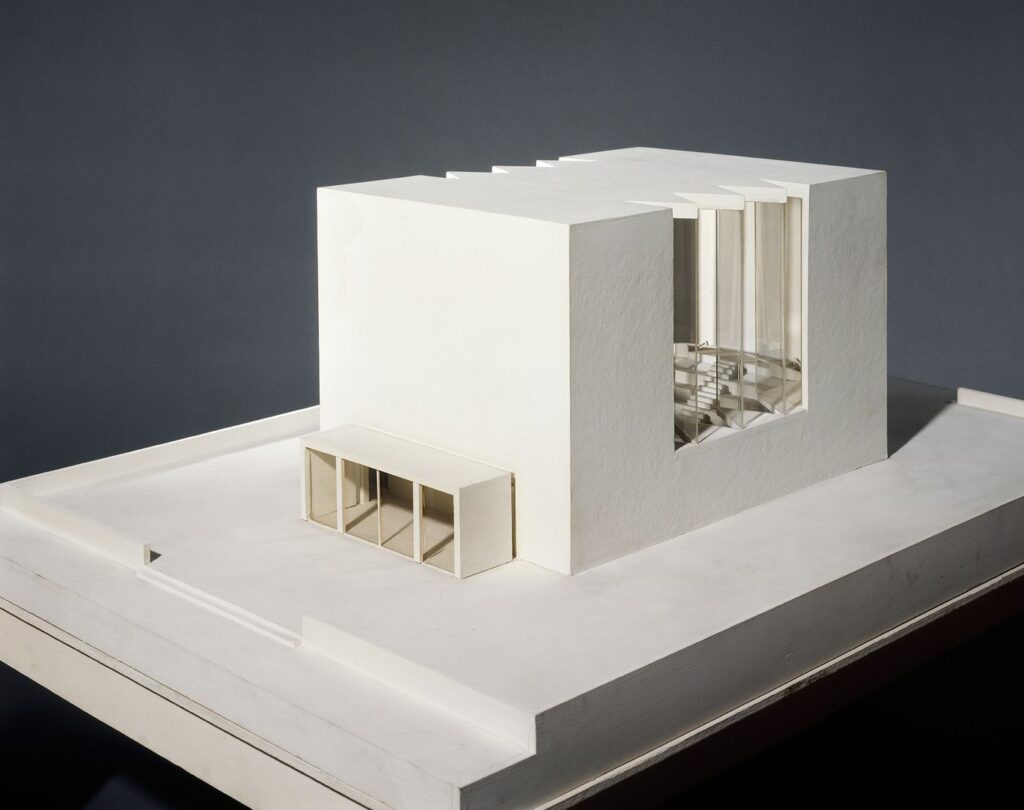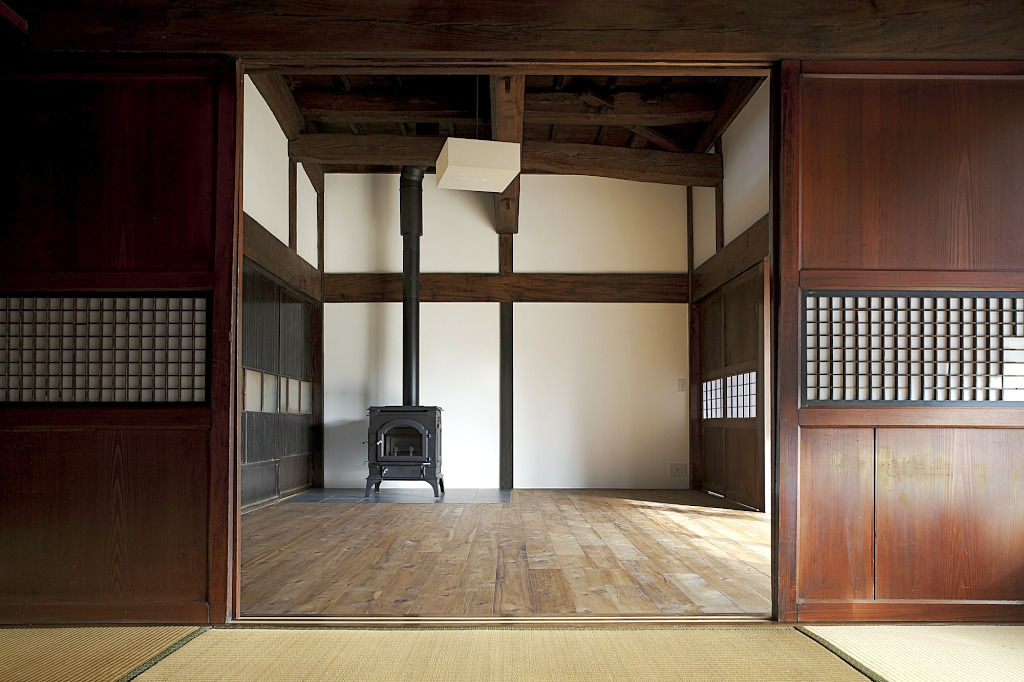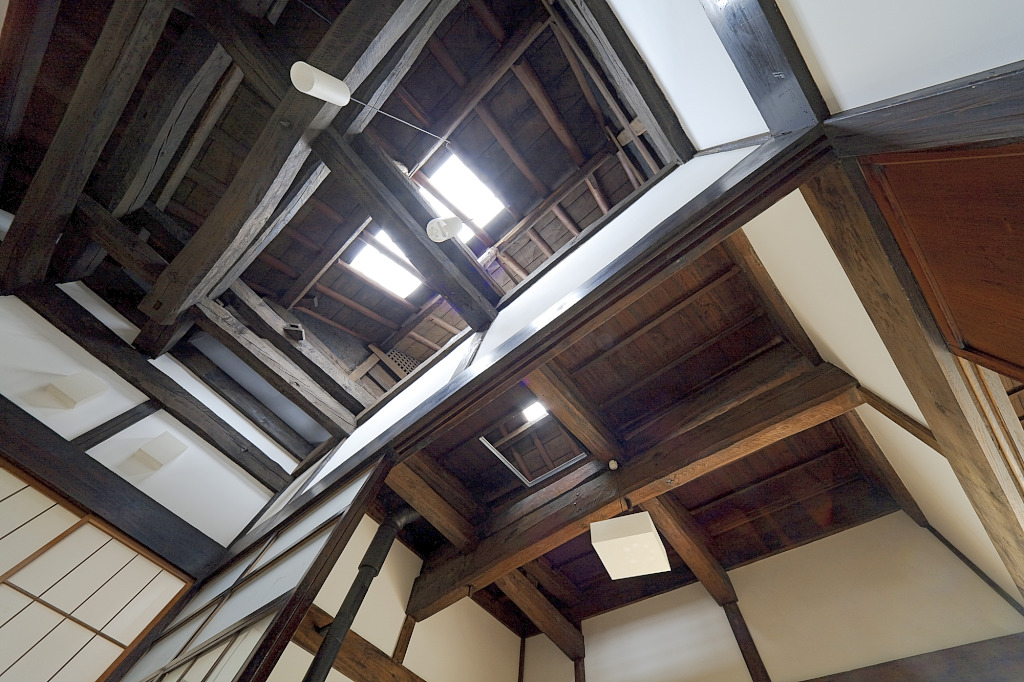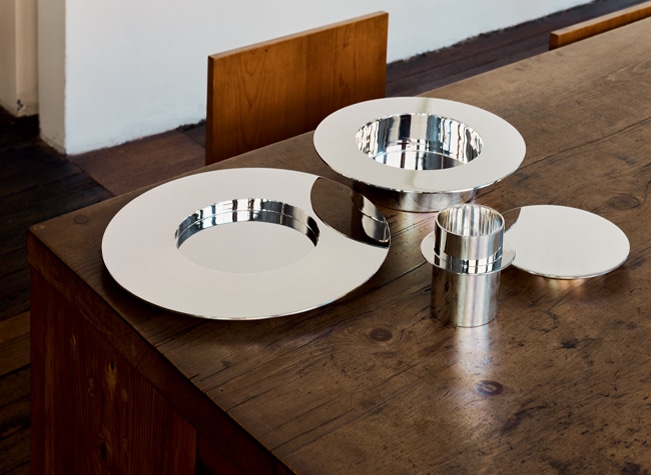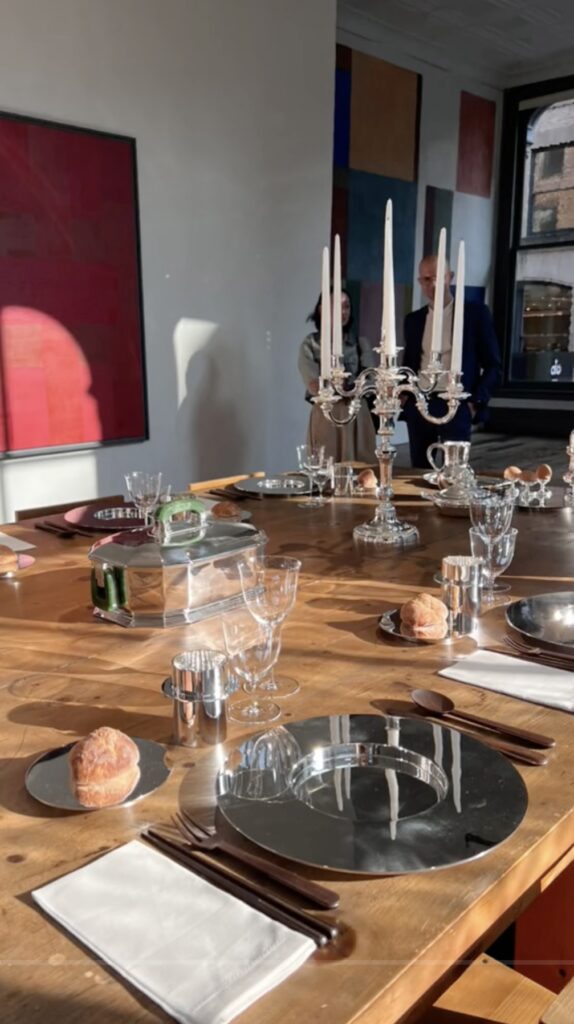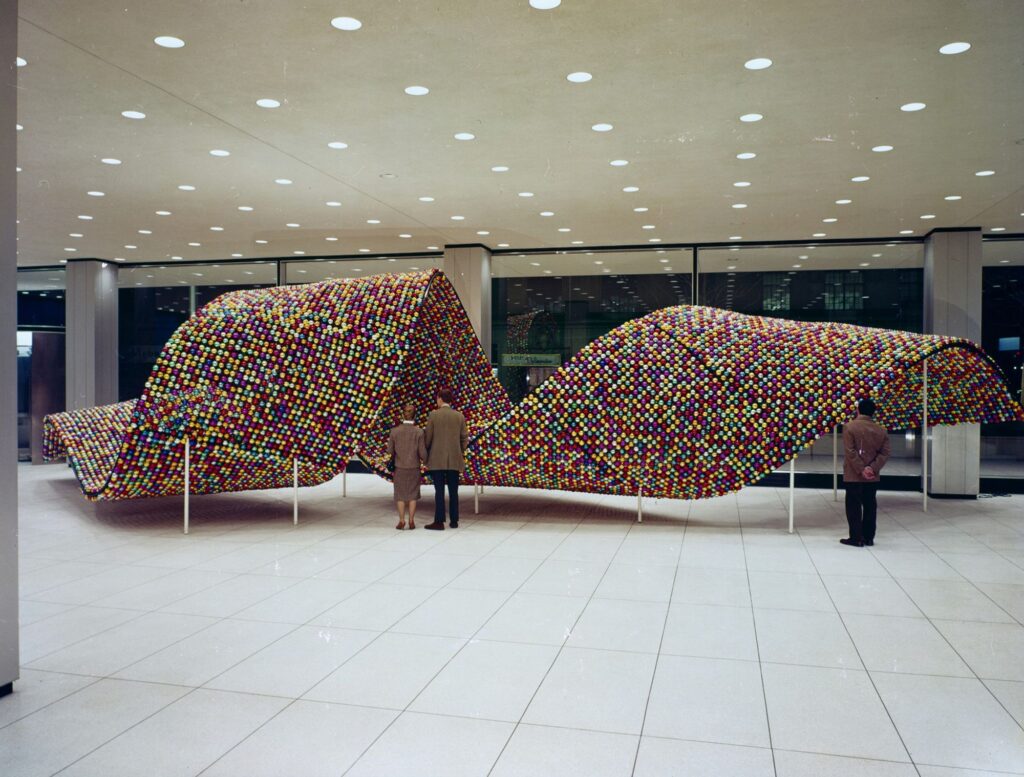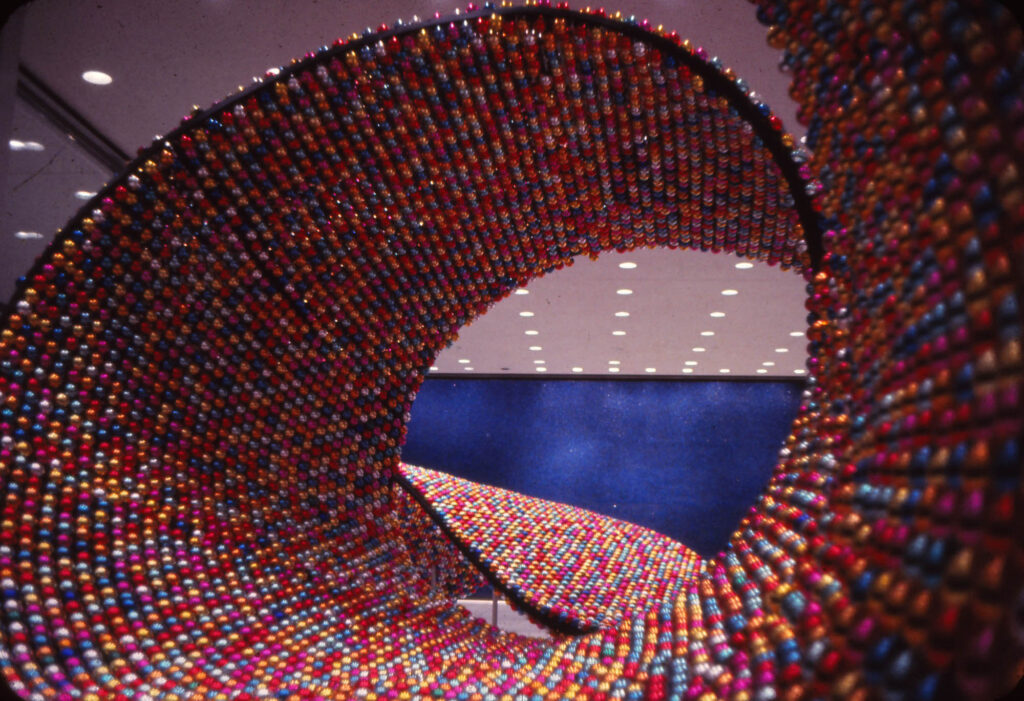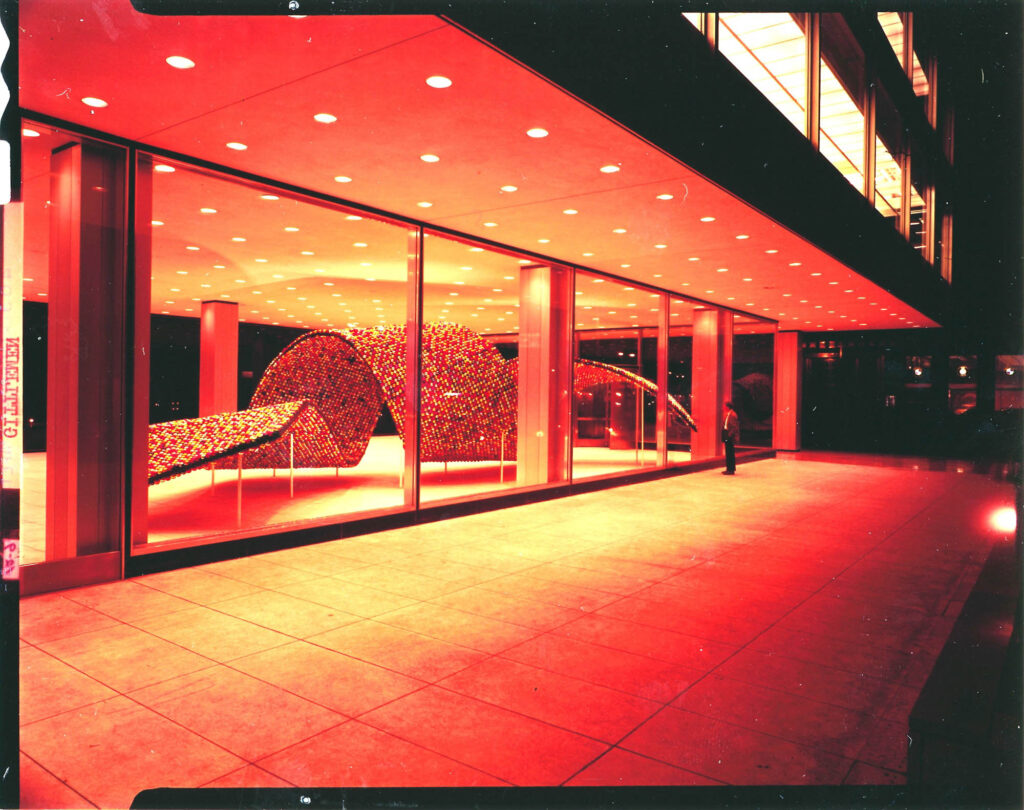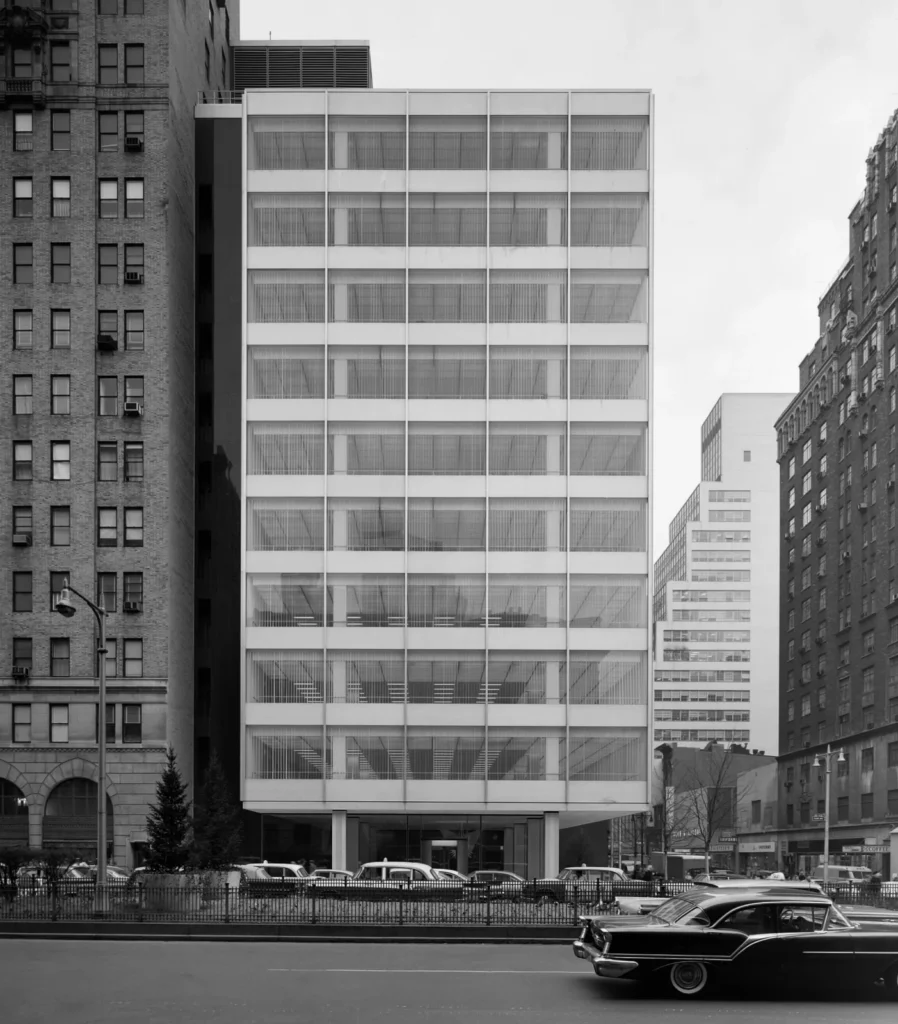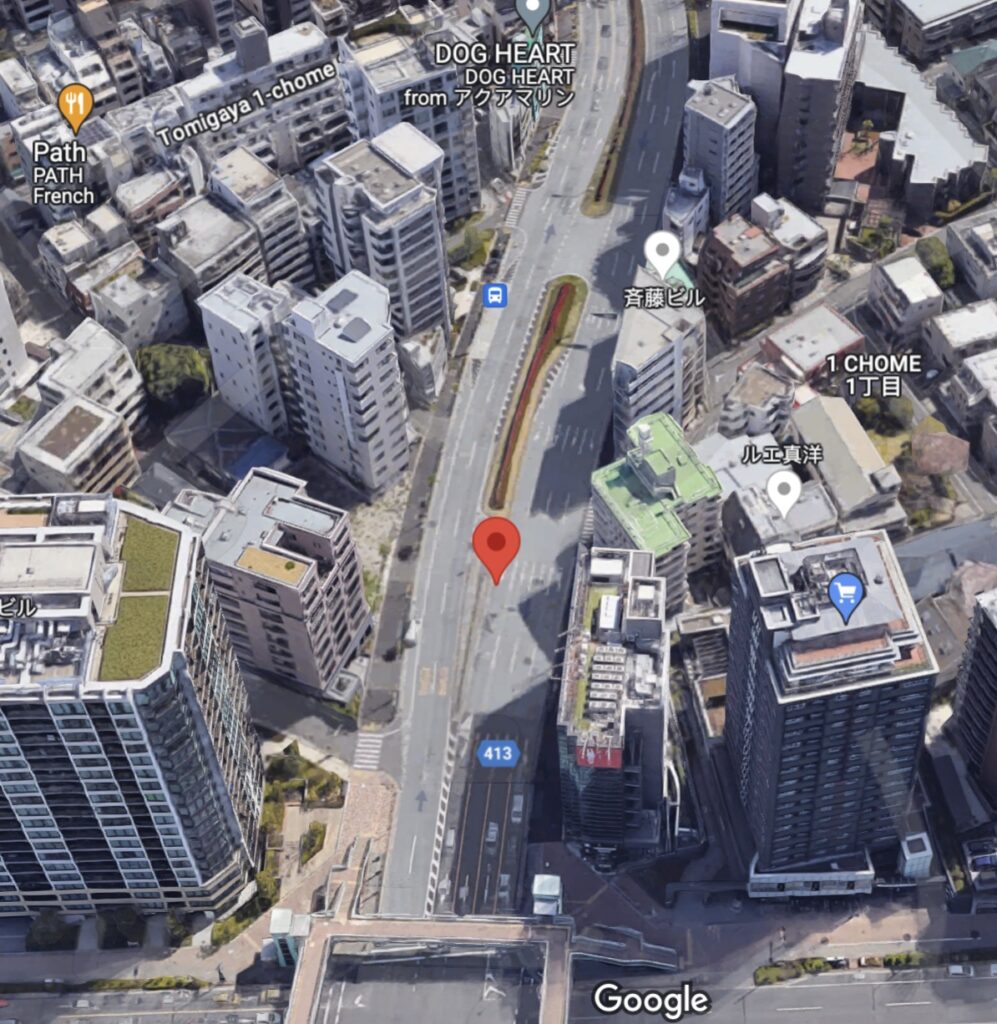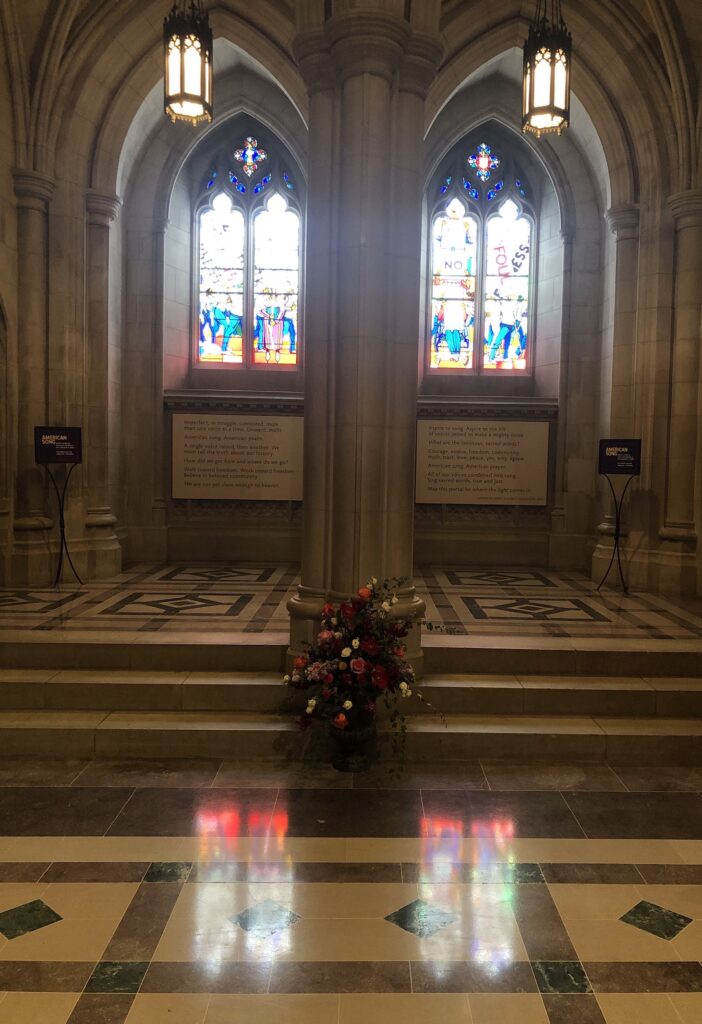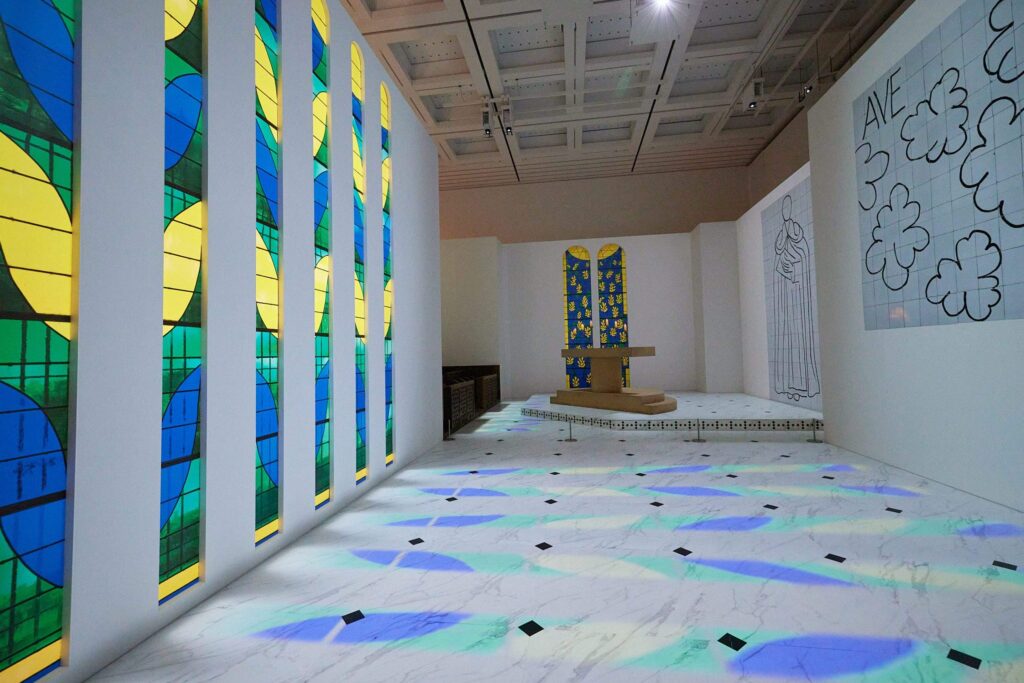
The exhibition, Henri Matisse: Forms in Freedom, at the National Art Center Tokyo includes a full-scale replica of la Chapelle du Rosaire de Vence (1947-51). The experience incorporates simulated daylight on an accelerated loop, as if the replica stained glass windows were the ceiling of the mall at Caesar’s Palace.

In the caption Chie Sumiyoshi’s Mon Oncle article about the exhibit, it calls the above image a reproduction [再現] of a tile mural. But the only thing tiled here are the sheets of the photomural. The stained glass windows opposite, then, are also photos of the windows, and the wrought iron grates and landscaping behind them. Matisse’s candlesticks are on the replica altar, but Matisse’s crucifix is not.

I can find no images of a Tokyo replica of Matisse’s Stations of The Cross, which occupies the wall that would be directly next to the photographers of the images above. It is a tense and janky tangle that replaces a physical procession with a halting visual search for the next number and the next step. Matisse drew it at scale, with charcoal on the end of a bamboo pole. So the physical experience being replicated would have been not just that of a tourist, but of Matisse himself, standing in front of his work.
If I can find any relevant Brice Marden comments, or if someone gets married in there, I will update this post immediately.
マティスの仕事の集大成がここに, which I cannot help but read as, “Here is the culmination of Matisse’s job” [mononcle.art s/o 鈴木芳雄]
Henri Matisse: Forms In Freedom runs through 27 May 2024 [nact.jp]
Chapelle du Rosaire de Vence [wikipedia]


